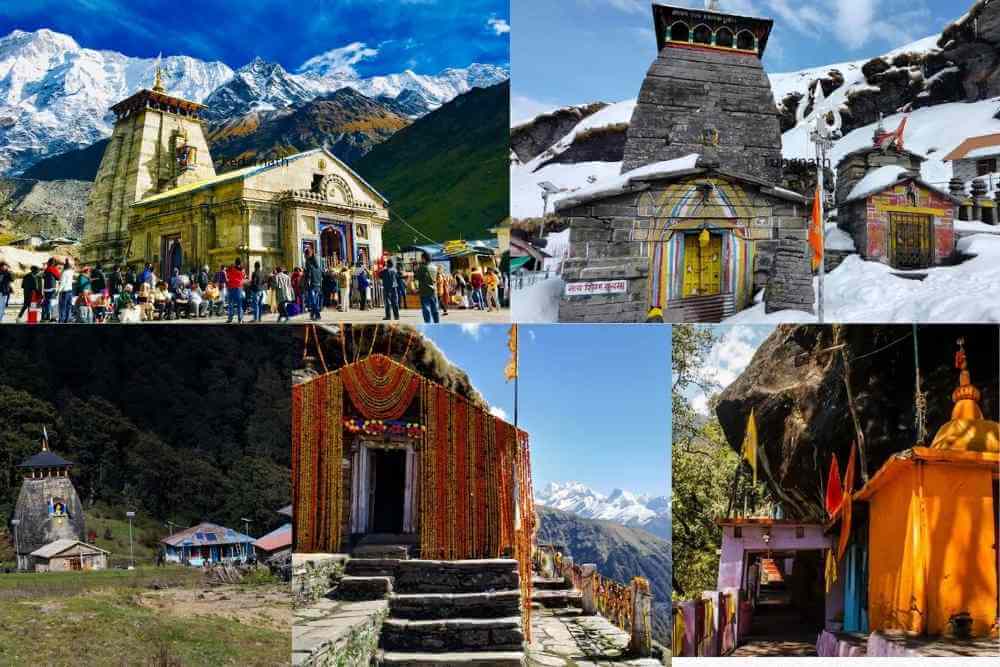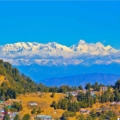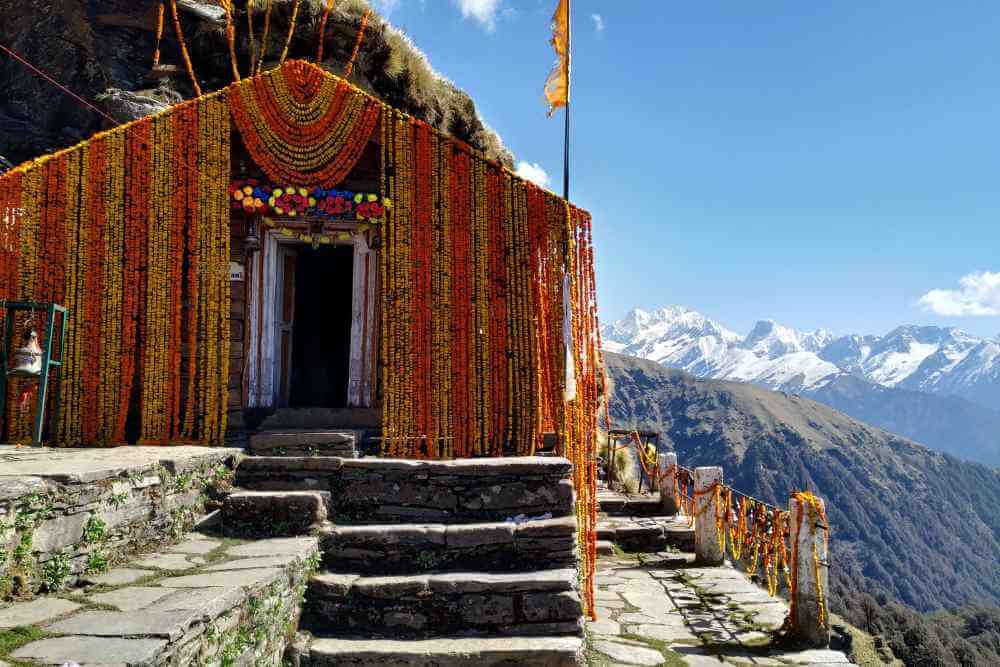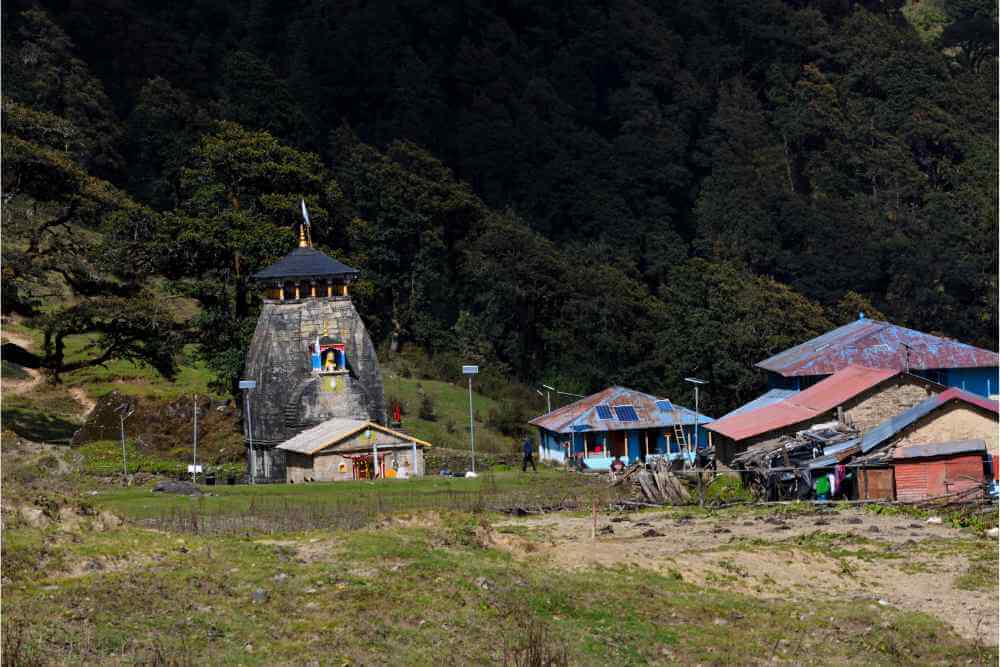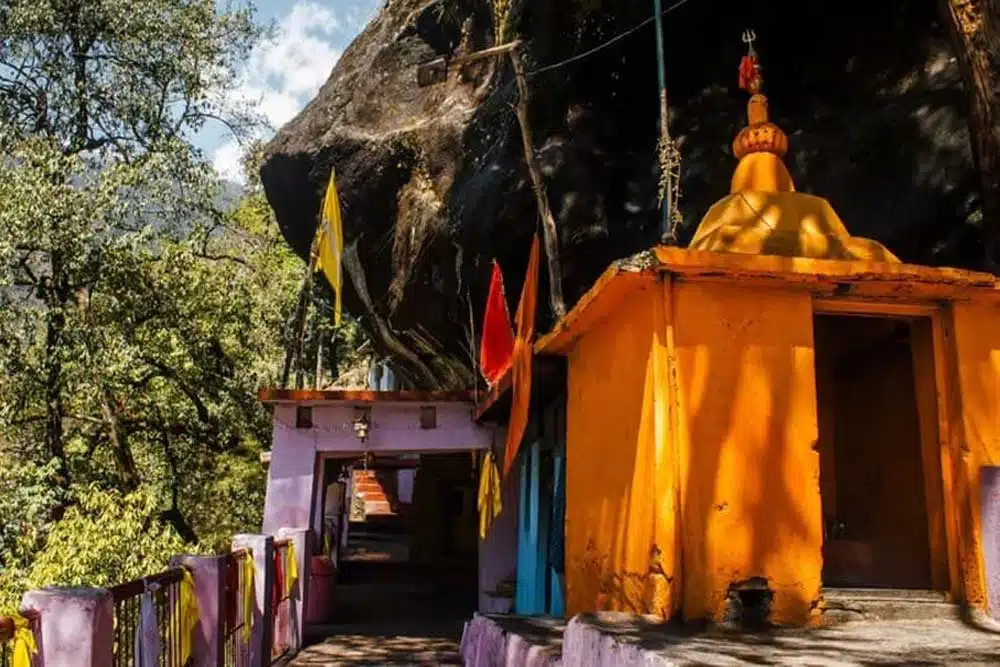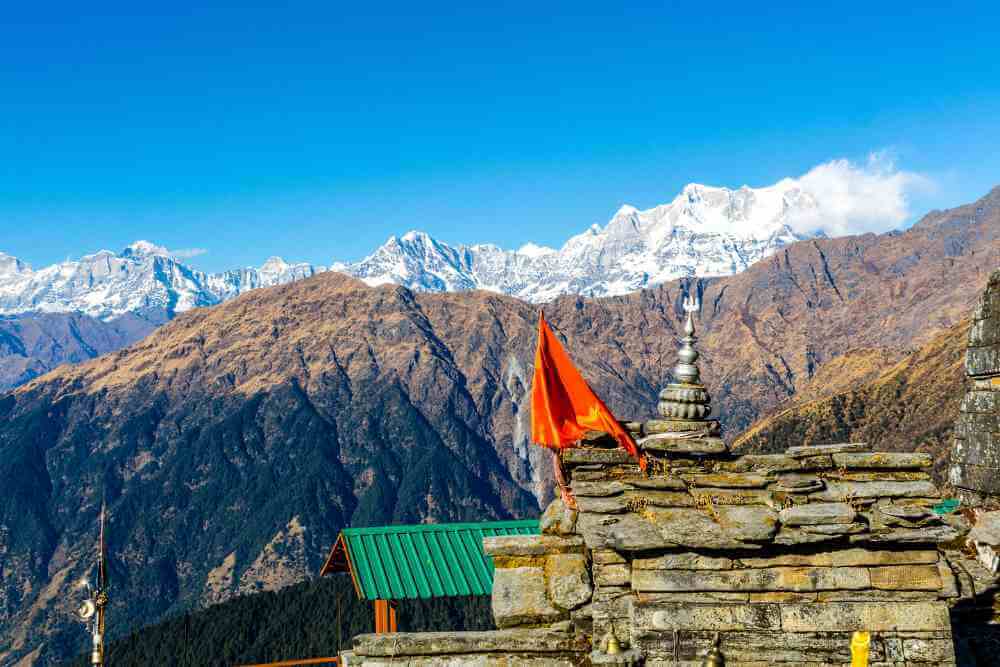The Indian Himalayas, often referred to as the abode of the gods, are steeped in spirituality, mysticism, and breathtaking beauty. Among its many sacred treasures, the Panch Kedar stands as a beacon of divine power, drawing pilgrims and trekkers alike to experience both its spiritual and natural grandeur. This sacred circuit of five temples — Kedarnath, Tungnath, Rudranath, Madhyamaheshwar, and Kalpeshwar — is not just a pilgrimage but a journey through the very soul of the mountains.
The Himalayas, with their towering peaks, mist-laden valleys, and serene landscapes, provide an unmatched backdrop for this divine journey. The term “Panch Kedar” refers to five temples dedicated to Lord Shiva, one of the principal deities of Hinduism. These temples are scattered across the Garhwal region of Uttarakhand, each at a different altitude and in unique, remote locations. Together, they form a pilgrimage that is as much about physical endurance as it is about spiritual discovery.
The Sacred Pilgrimage: Understanding the Legend Behind Panch Kedar
The Panch Kedar circuit is believed to have been established by the Pandavas from the epic Mahabharata. After the great war of Kurukshetra, the Pandavas sought Lord Shiva to atone for the sins committed during the war. However, Shiva eluded them by taking the form of a bull and hiding in the mountains of Uttarakhand. As they pursued him, different parts of his divine form manifested at various locations, each of which became a sacred shrine.
The Five Temples of Panch Kedar
1. Kedarnath – The Hump of Lord Shiva
Located at an altitude of 3,583 meters (11,755 feet), Kedarnath is the most famous and highest of the Panch Kedar temples. It is believed to be the place where Lord Shiva’s hump appeared.
Spiritual Significance: As the most prominent temple in the circuit, Kedarnath is a powerful spiritual center. Surrounded by snow-capped peaks and nestled in a glacial valley, the temple evokes a profound sense of devotion and surrender. Pilgrims often describe their visit as a life-changing spiritual experience.
2. Tungnath – The Arms of Lord Shiva
Positioned at 3,680 meters (12,073 feet), Tungnath is the highest Shiva temple in the world. It is believed to be where Lord Shiva’s arms emerged.
Spiritual Significance: The trek to Tungnath is steep but rewarding. Pilgrims hike through dense forests and alpine meadows, eventually arriving at a serene temple surrounded by breathtaking vistas. The temple symbolizes strength and endurance, reflecting the arms of Shiva.
3. Rudranath – The Face of Lord Shiva
Located at 2,286 meters (7,500 feet), Rudranath lies amidst lush alpine meadows and dense forests. It is believed to be the site where Lord Shiva’s face appeared.
Spiritual Significance: Rudranath is regarded as the most tranquil of the Panch Kedar temples. Surrounded by serene natural beauty, the temple provides a peaceful space for meditation and prayer. It symbolizes spiritual serenity and inner peace.
4. Madhyamaheshwar – The Navel of Lord Shiva
Set at an altitude of 3,490 meters (11,450 feet), Madhyamaheshwar is surrounded by picturesque valleys and dense forests. It marks the spot where Shiva’s navel is believed to have appeared.
Spiritual Significance: Madhyamaheshwar represents the balance between the physical and spiritual realms. The challenging trek to this temple mirrors the devotee’s internal spiritual struggle, making the experience both physically and spiritually fulfilling.
5. Kalpeshwar – The Hair of Lord Shiva
Situated at a lower altitude of 2,200 meters (7,218 feet), Kalpeshwar is located in a scenic valley and is the most accessible of the five temples. It is believed to be the site where Lord Shiva’s hair (jata) manifested.
Spiritual Significance: Kalpeshwar represents the flow and continuity of life, much like the divine hair of Shiva. Surrounded by natural beauty, it is easily accessible, making it a serene and ideal spot for reflection and spiritual connection.
A Trek of Devotion: The Physical and Spiritual Challenges of Panch Kedar
The Panch Kedar pilgrimage is not for the faint-hearted. The temples are located at high altitudes, requiring grueling treks through steep terrain, dense forests, icy streams, and unpredictable weather.
But these physical hardships mirror the internal journey of purification and spiritual awakening. Every step through the rugged paths serves as a metaphor for life’s struggles, where perseverance, faith, and humility lead one to divine connection.
The Divine Presence of the Himalayas
The Himalayas are not just the backdrop to this sacred journey — they are active participants in the spiritual experience. Peaks like Nanda Devi, Trishul, and Kedarnath Dome exude a divine energy that pilgrims often describe as palpable.
In Hindu mythology, the Himalayas are viewed as the axis between the earthly and the celestial, and this belief becomes vividly real as one traverses through these sacred valleys.
The Sacred Bond Between Pilgrim and Mountain
The Panch Kedar circuit fosters a unique bond between the pilgrim and nature. The physical challenges and the serene environment inspire deep introspection. Many pilgrims say the trek cleanses not just the body but also the soul, helping them find clarity, humility, and peace.
The majestic Himalayan landscape becomes a living metaphor for Lord Shiva—mighty yet meditative, remote yet reachable, fearsome yet compassionate.
Conclusion: Panch Kedar – A Journey of Transformation
The Panch Kedar pilgrimage is far more than a religious trek — it is a transformational journey of the soul. It challenges the body, quiets the mind, and uplifts the spirit. Whether you’re a devout pilgrim or an adventurous seeker, the Panch Kedar circuit is a rare confluence of spiritual devotion and natural magnificence.
As the ancient sages have long proclaimed, the Himalayas are not just mountains — they are a living temple of the divine, where every step brings you closer to God.



